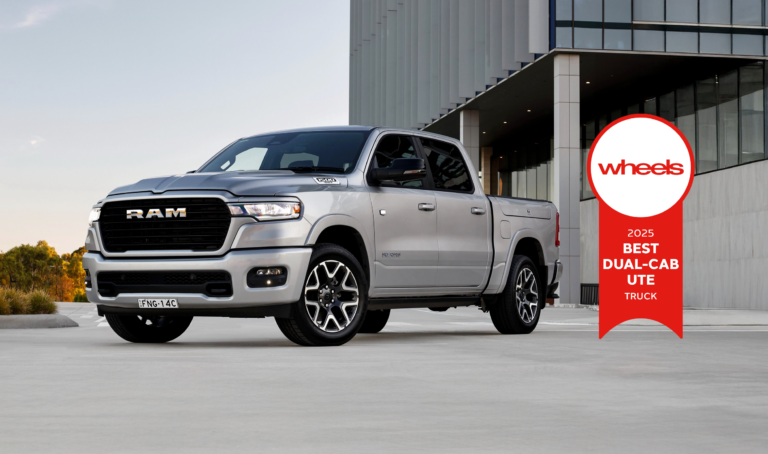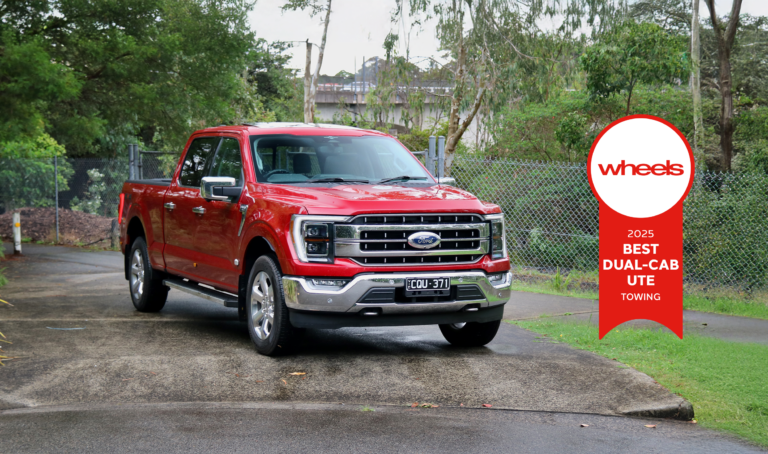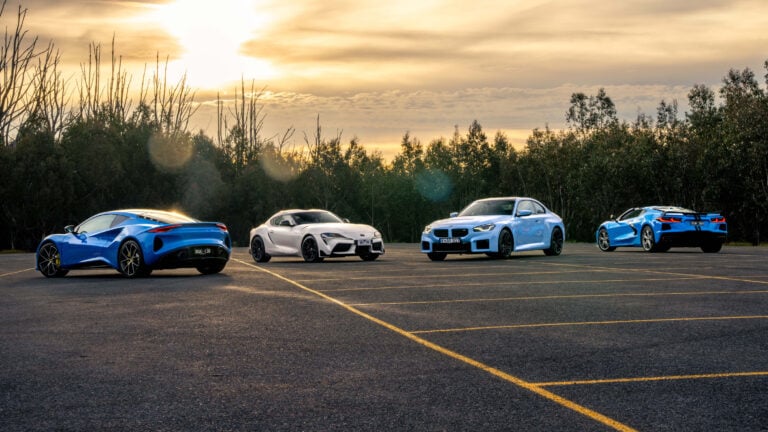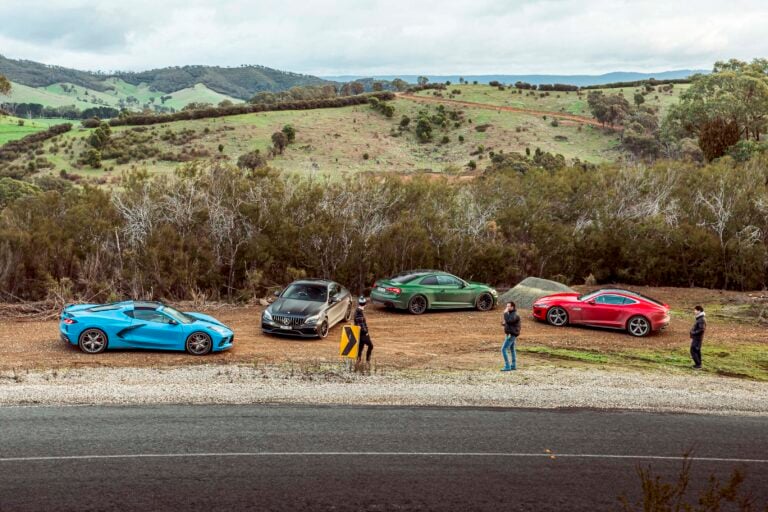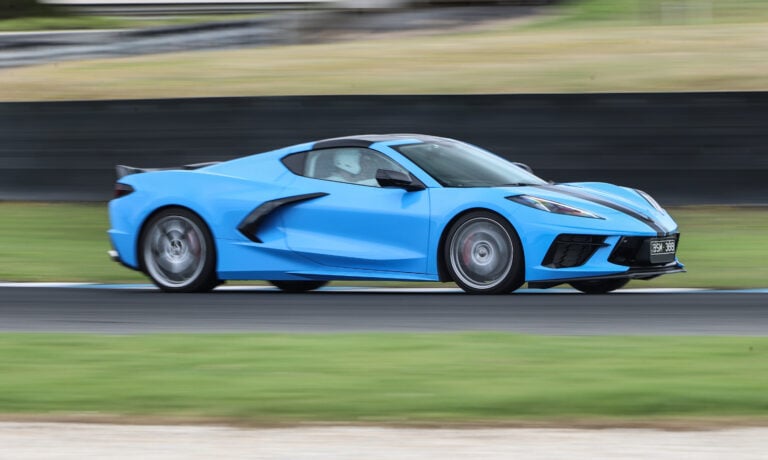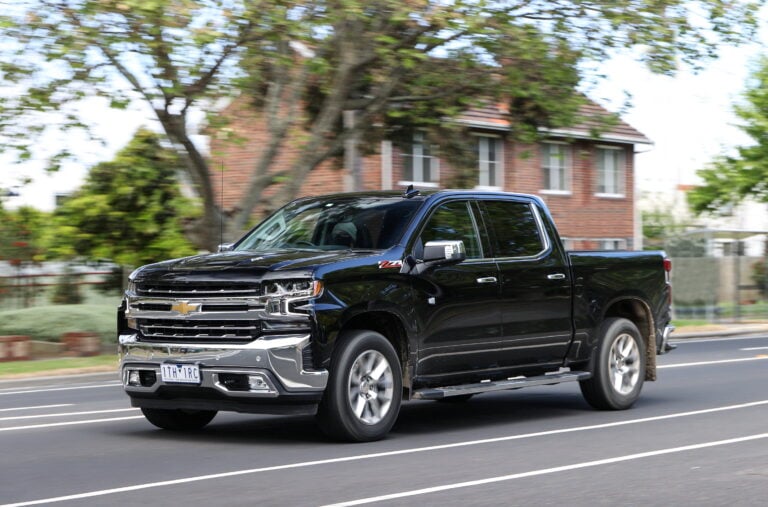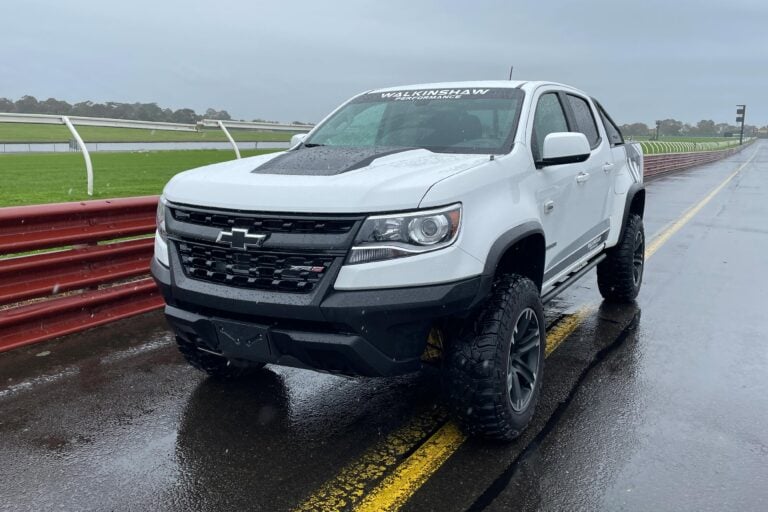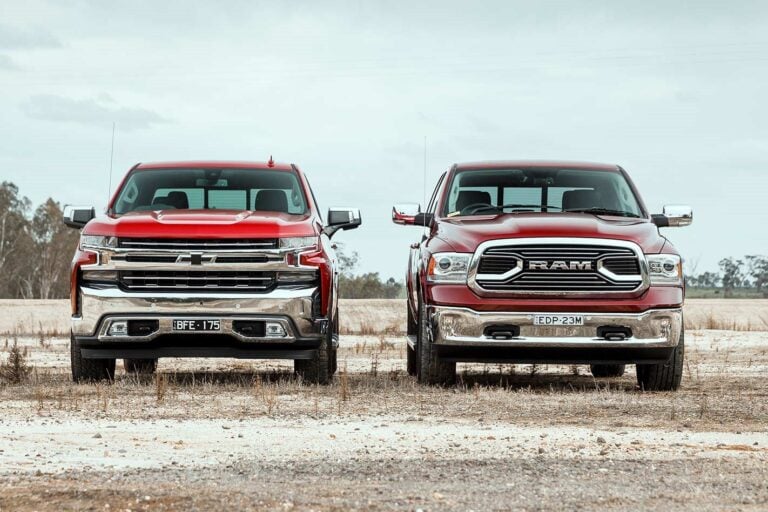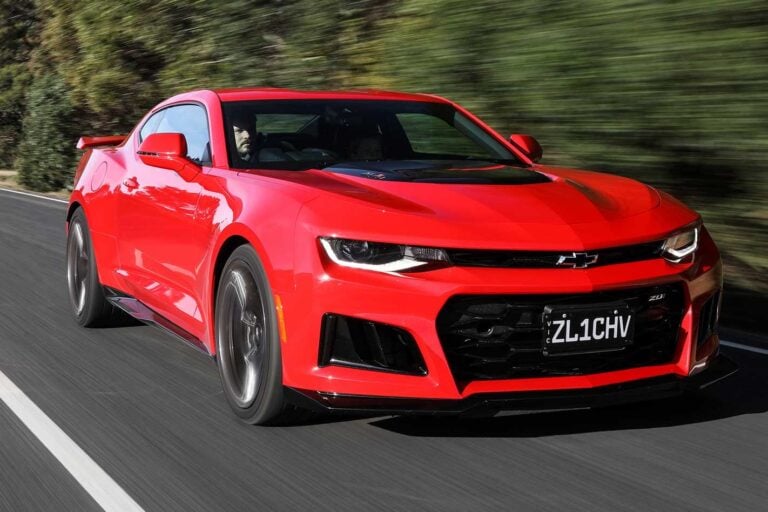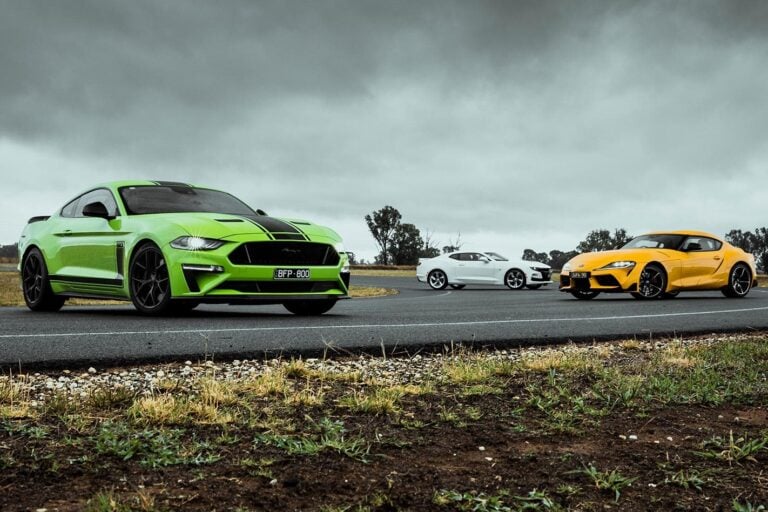

Chevrolet
News
-
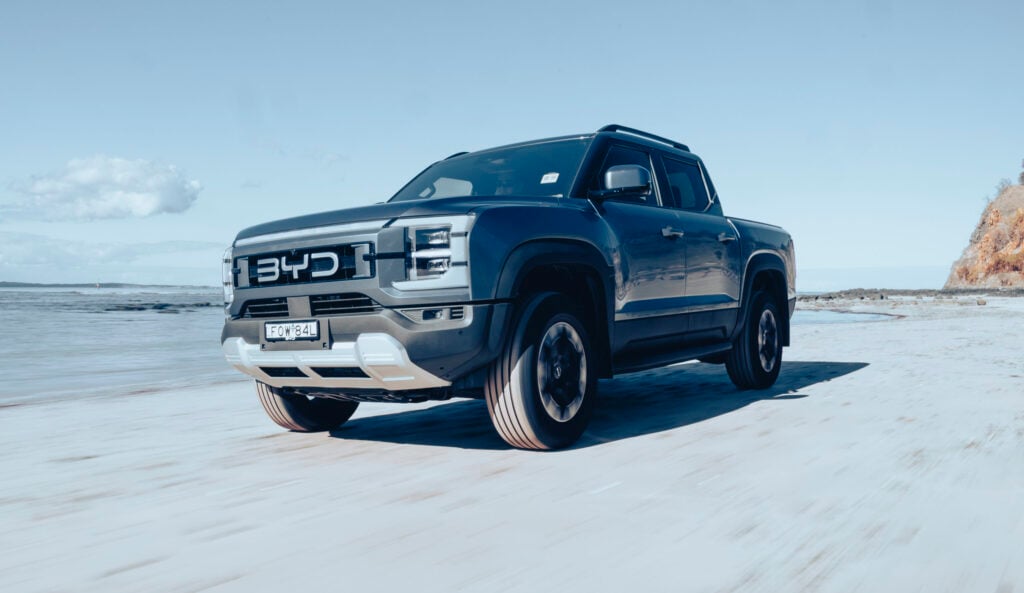 Features
FeaturesTop 10 most powerful utes on sale – and a surprising number 1
Here are the best options for those who need to get to the work site in a massive hurry.
-
 News
NewsNew car calendar 2026: All the new cars coming to Australia next year
Here’s the WhichCar by Wheels guide to all the new cars that will launch in Australia in 2026. Check back in regularly for updates…
-
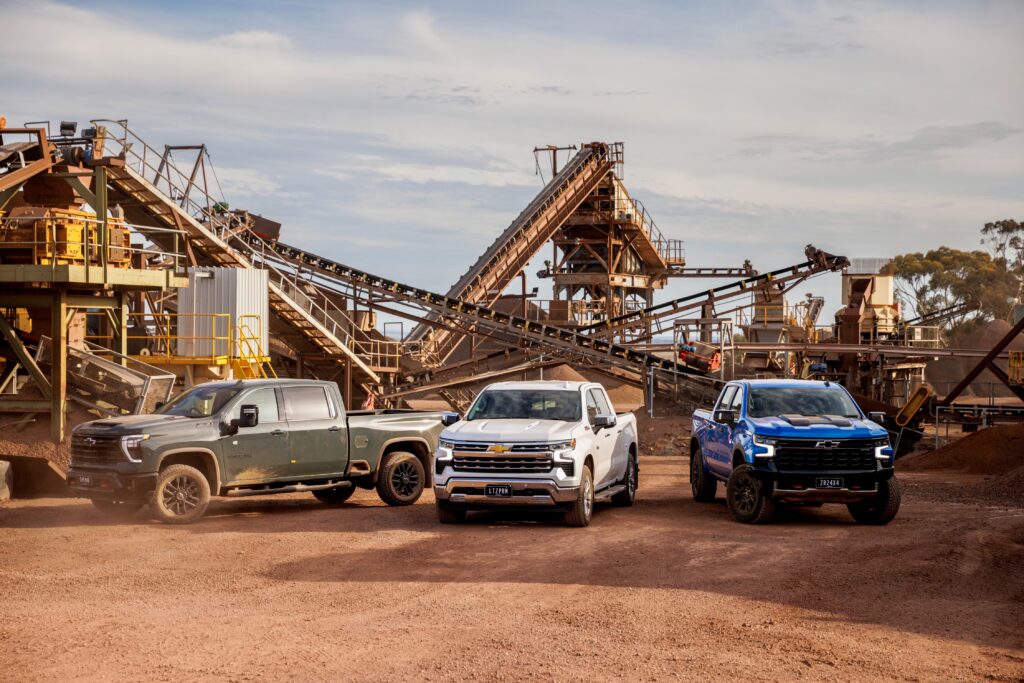 News
NewsChevrolet Silverado moves to five-year warranty coverage in Australia
The Chevrolet Silverado moves to an upgraded five-year/unlimited km warranty in Australia, replacing the former three-year coverage.
-
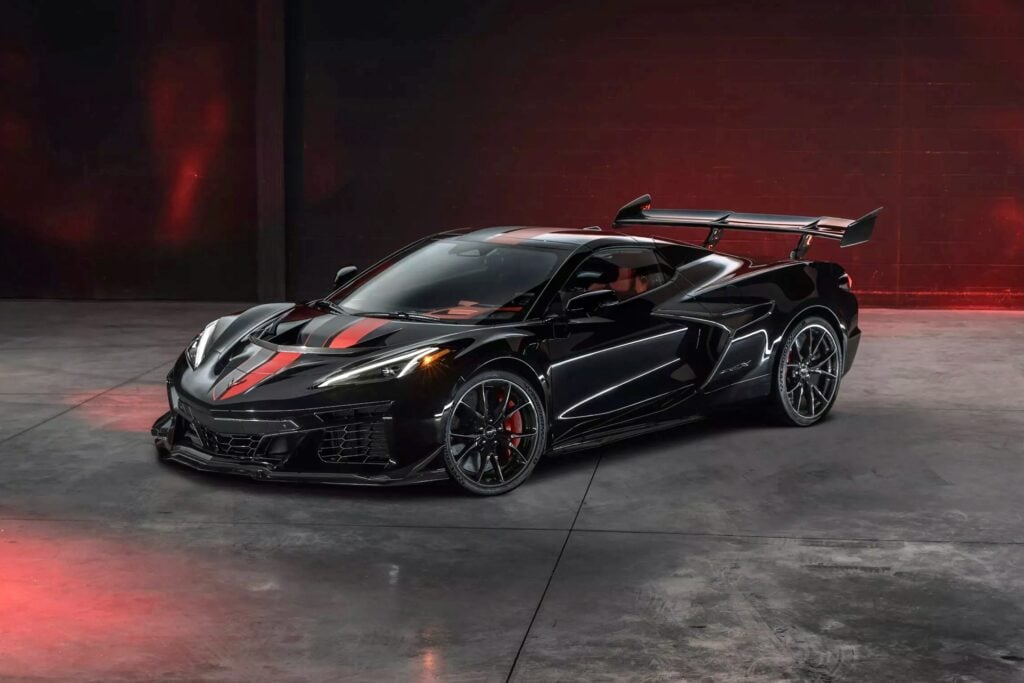 News
NewsChevrolet’s Corvette dethrones Mustang’s speed record; Ford CEO fires back
Chevrolet’s Corvette ZR1X has dethroned the Ford Mustang GTD as the fastest American car, prompting a competitive response from Ford CEO Jim Farley.
-
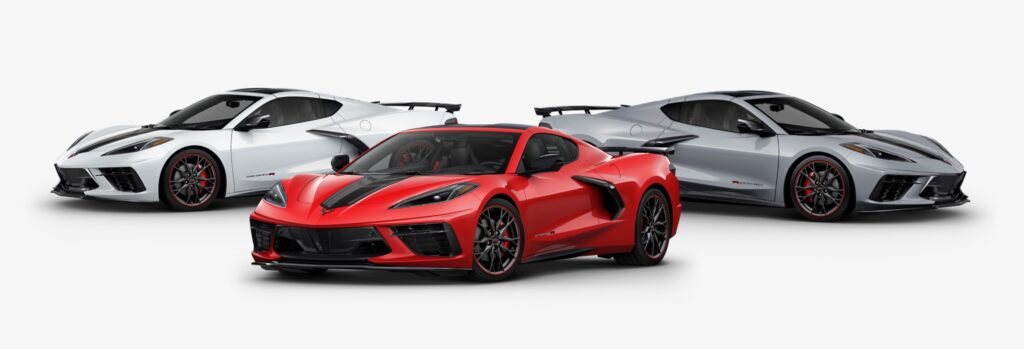 News
NewsChevrolet Corvette Stingray R: Launch edition adds special features to supercar’s facelift
-
 News
NewsChevrolet Corvette ZR1X: 932kW hybrid hypercar hits 100km/h in under 2 seconds
-
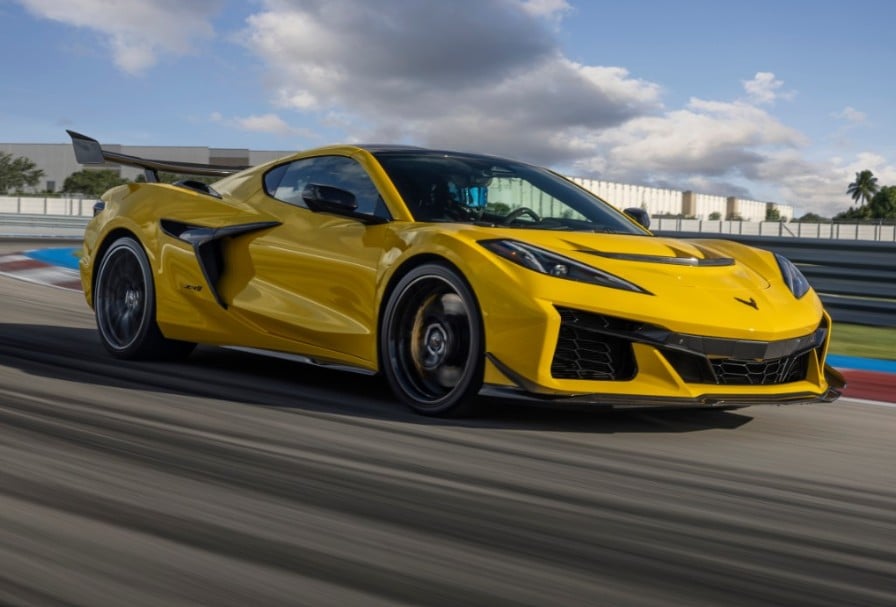 News
NewsChevrolet teases the arrival of its most powerful Corvette yet
-
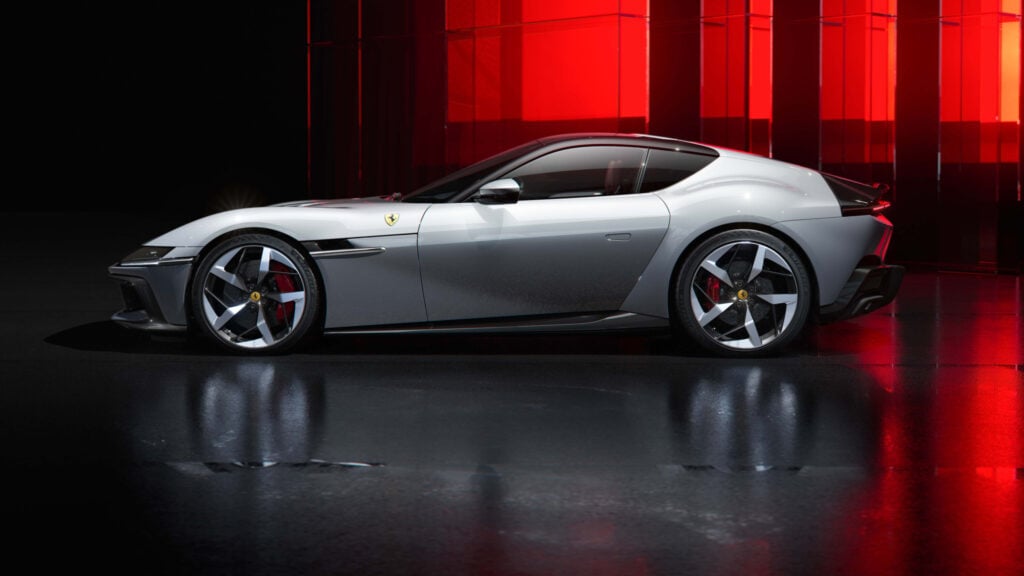 News
NewsNew Sports Cars coming to Australia in 2025
